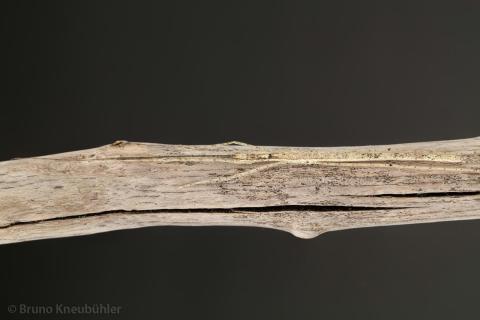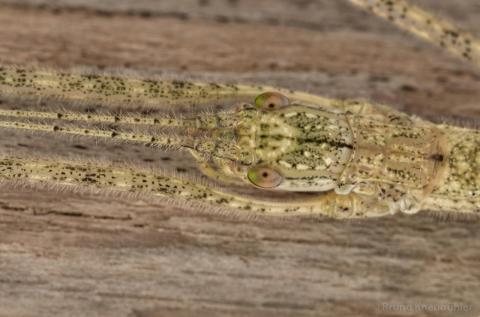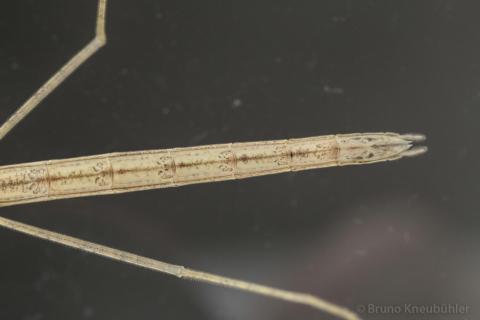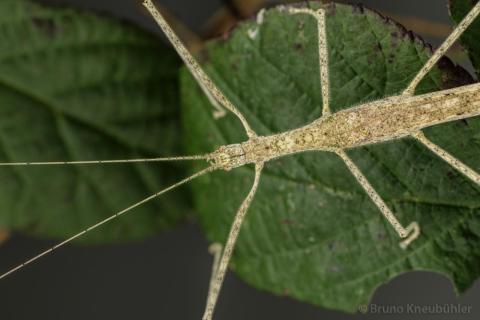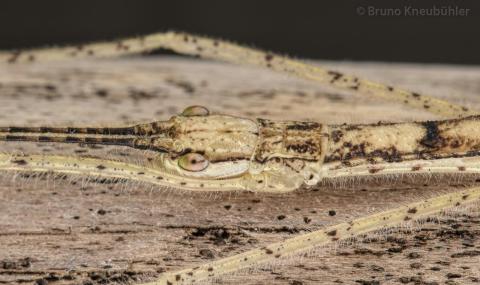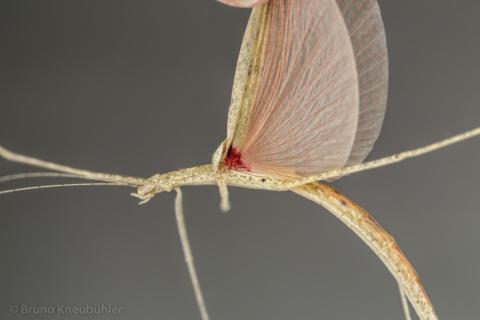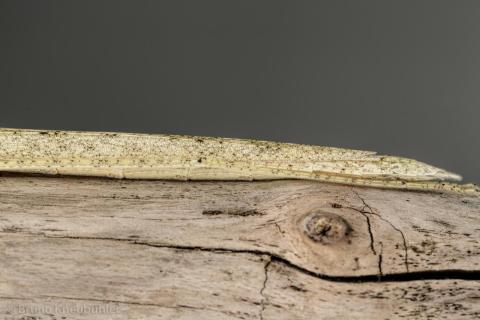
Genus
Species
Stock
CLP
589
Culture status
Unknown
Foodplants
Hypericum spp.
Common Walnut (Juglans regia)
Breeding notes
Asceles sp. "Cat Tien"
(von Bruno Kneubühler)
_________________
General Notes
- taxonomical aspects are being examined by Joachim Bresseel (Belgium)
- other Asceles species which are or have been in culture → see PSG List
- further taxonomical informations → Phasmida Species Files
_________________
Culture History
- 2013 - first successful culture by Bruno Kneubuehler
- 2012 – distributed to other breeders as Asceles sp. „Cat Tien“
_________________
Origin
- Tam Dao NP in Vietnam
_________________
Females
- inconspicuous, typical phasmids
- body length about 7 cm
- females are rather similarly colored amongst each other
- basic color is a light brown with dark patterings
- few specimens have also slighly greenish areas
- eyes are greenish-red
- legs and body quite hairy laterally
- antennae longer than forelegs
- wings are well-developed and long
- membranous part of hindwings (alae) is transparent with red veins
- with wide-open wings, a black dot is visible just between the hind wings
- the inner area of the hind wing basis is red
- subgenital plate is bi-forked and is not or just slightly longer than the abdominal ending
- cerci are long and very hairy
_________________
Males
- also very typical phasmids
- body length is about 6 – 6.5 cm
- coloration is very similar to the females
- males have a more pronounced dark pattering
- dark antennae are longer than forelegs
_________________
Nymphs
- lenght (L1) about 20 mm
- very ornamentally colored
- green body with light legs
- head, abdomeninal ending, knees and trasi are black
- very hairy
- antennae longer than forelegs
- by L4 it is quite easy to draw a distinction between ♀♂ (by the naked eye)
- older male nymphs tend to have a black stripe alongside their back
_________________
Eggs
- very long and thin (only about 1 mm wide)
- one egg (from a wild-caught female) was 19 mm long, this could be the longest phasmid egg ever reported
- yet most eggs from wild-caught females were between 15 – 17 mm long
- but eggs from captive bred females are shorter, about 13 – 15 mm long
- it is mainly the capitulum which is shorter than in the original eggs, the actual egg is even from captive-bred females about the same size as those collected from wild-caught females
- the rear pole has a harpoon-like structure with which females can solidly stick their eggs into some substrate (leaves, stems, bark, soil)
- surface is matt and structured with longitudinal rips
_________________
Food Plants
- it is very much recommendede to cut away the edges of the leaves for nymphs in L1
- regularly change the plants and the water in which they stand
- Hypericum
is very well accepted by nymphs and adults - common walnut (Juglans regia)
is very well accepted by nymphs and adults - if given the choice, then they clearly perfer common walnut leaves over Hypericum
_________________
Behaviour
- nymphs as well as adult are passive during the day and out and about feeding at night
- nymphs and adults can react rather frantically when they feel threatened (like when they are touched)
- nymphs try to escape for some steps, just to freeze up again quickly. But adults (also females !) can fly very well – thus one has to be careful when handeling them
- matings occur during the night, couples stay together for a few hours at the most
- a defensive spray has not been observed, but they are likely to have one
- females stick their eggs into some substrate – leaves, stems, bark, soil
_________________
Developement
- incubation time (HH-incubation, dry sand at 20 - 23 °C) is about 6 – 9 weeks
- just stick the eggs into the dry sand, but make sure that the capitulum (egg lid) is still free
- hatching ratio was very high (> 50%)
- males will be adult after about 3 months (at 20 – 23°C), females after about 3 – 3.5 months
- females start laying eggs after about 3 weeks
- about 5 – 7 eggs per female and week
- adults can live for several months
_________________
Breeding Notes
- my general notes on how to breed phasmids are an integral part of this care sheet …
- generally I recommend to keep only one species per cage – the culture is much more likely to be successful than in an overcrowed, multi-species cage
- it is very easy to breed this species
- for a succesful culture it is highly recommend to keep nymphs seperate from the adults. This makes it much easier to monitor their developement and they are protected from being disturbed or even harmed by the much bigger adults (like during their moults)
- keep the nymphs in a cage with good ventilation, but take care that the humidity does not drop too low
- a constantly wet paper towel on the floor of the cage helps raising humidity
- a humidity level of about 60+ % rH (for adults) and 80+ % rH (for nymphs) seems to be fine
- nymphs can be kept in a Faunabox (or similar cages like Faunarium)
- move nymphs to a bigger cage as they grow bigger
- a cage of at least 30 x 30 x 30 cm should be provided for 3 adult couples
- I have never sprayed nymphs, adults or their cage with water
- make sure that nymphs, which are about to undergo their adult moult, do not find places in the cage which would not offer them enough space beneath to moult successfully
_________________
References
- Phasmida Species Files (www.phasmida.orthoptera.org)





